| Year |
Highlights |
Images |
| 1961 |
Dennis Moore appointed Officer-in-Charge, UWA Computing Centre.
A transcript of an interview with Dennis as part of the National Library’s “History of ICT in Australia Oral History Project” can be seen HERE. |
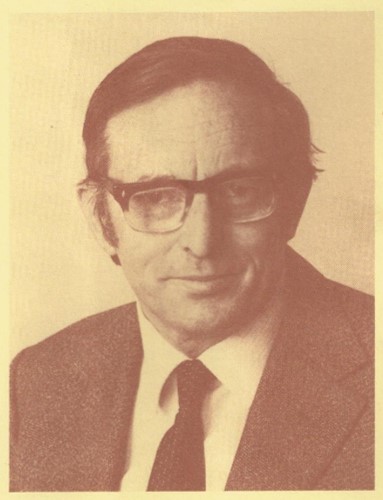
|
| 1962 |
The IBM 1620 was the first "stored program" computer in Western Australia and was delivered to UWA in September 1962. The main panel and typewriter of the computer are still intact and have been incorporated into a reconstructed console, which has been on display around the University; it was in the Science Library late in 2012 (as pictured), and since 1st July 2013 it has been on display in the Computer Science lobby. |
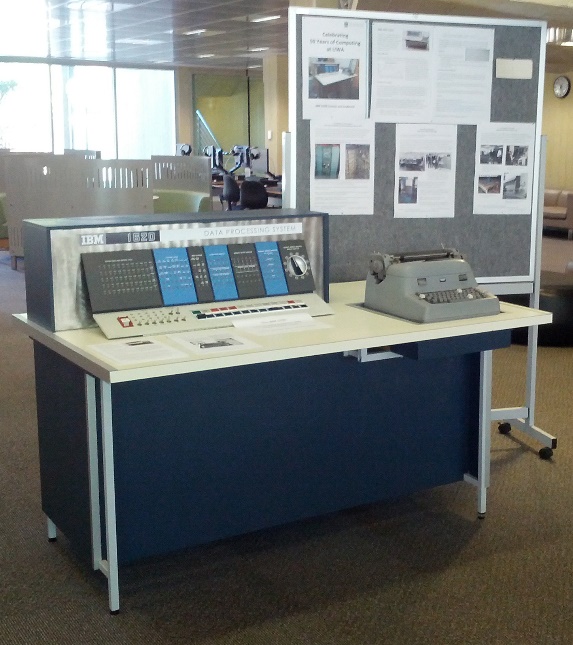
|
| 1965 |
The Digital Equipment Corp PDP-6 was the first time-shared computer at UWA; it was delivered to the University in May 1965 and became the first commercially-built time-shared computer to be delivered anywhere in the world. When decommissioned in 1973 (replaced by a DEC System 10) its main components were placed in the Wireless Hill Telecommunications Museum in Melville. Later, the remaining parts were acquired by the Australian Computer Museum Society (WA) and stored in their warehouse in Mundaring. In May 2017 those parts were acquired by the Living Computer Museum in Seattle for restoration. |
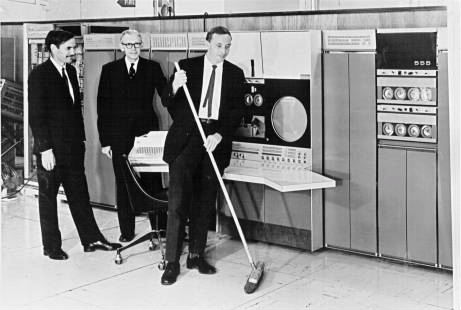
|
| 1971 |
UNIWAFT introduced: a diagnostic-rich Fortran compiler for the PDP-6 (later for the Cyber72), primarily for teaching purposes. |
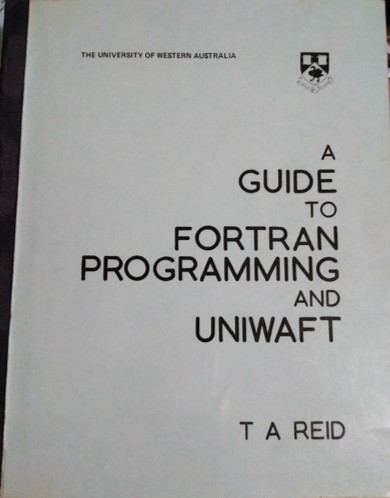
|
| 1971 |
Latin Inscriptions Project (“The Corpus Inscriptionum Latinarum”) was a pioneering computer application, led by Professor John Jory, Classics, UWA, with programming input from Dennis Moore and colleagues. The aim was to create a computer-readable version of this massive 17-volume work, and provide an index to it.
Further information provided by Dennis Moore in his memoires HERE, or in the Wikipedia entry HERE |

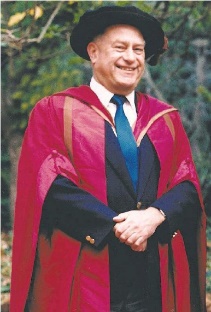
|
| 1971 |
Online Education introduced for a University Extension course on Programming for On-Line Data Management, by Alex Reid, Assistant Director, Computing Centre. This is believed to be the first use of on-line teaching in Australia, employing a system called DAMP which implemented the CODASYL linked database model. |
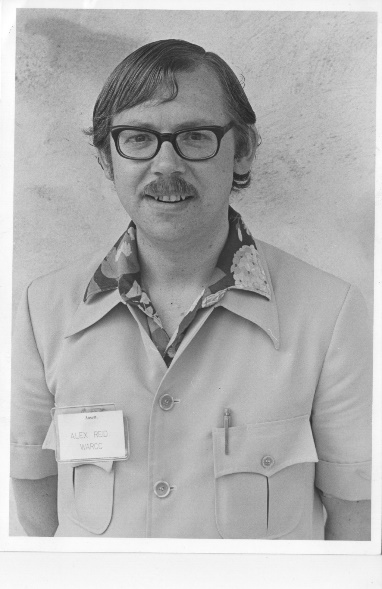
|
| 1972 |
MINIWAFT introduced into high schools across WA. This utilised the UNIWAFT compiler at UWA, but programs were presented to the computer using punched cards derived from Monash University, where students would prepare their cards utilising only a paperclip (pushing out pre-cut chads). |
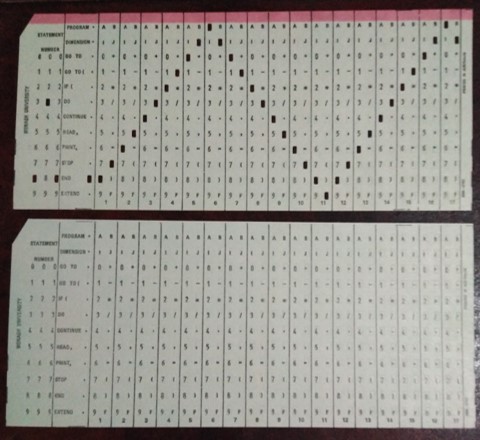
|
| 1972 |
Western Australian Regional Computing Centre (WARCC) was established in 1972. The CDC Cyber 72 was the first computer of the WARCC, the console of which (pictured) was housed in a UWA store until May 2017, when it was shipped to the Living Computer Museum in Seattle for restoration. WARCC was a unique venture, set up by the University but operating as an autonomous unit, responsible to its Board representing a range of universities, CSIRO and government departments. This sharing enabled a much larger computer to be bought than would otherwise have been possible – the Cyber 72 was one of the biggest computers in Australia at the time. The Commonwealth Government, which at the time funded large computer purchases by universities on a 3-year programme, was eager to induce such sharing, but WA was the only State to do this, and thus was the only State to receive funding in that 3-year period. |
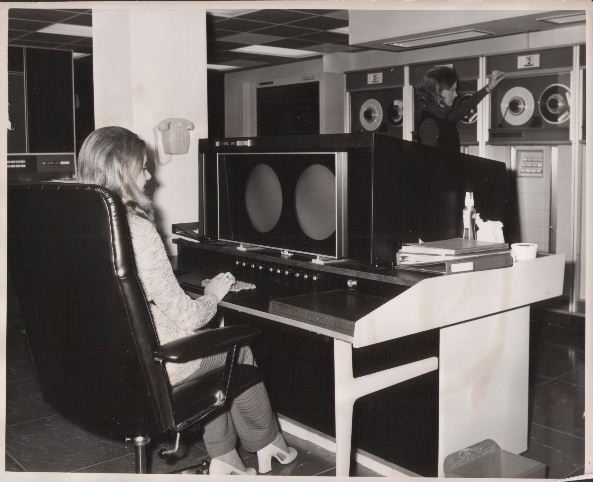
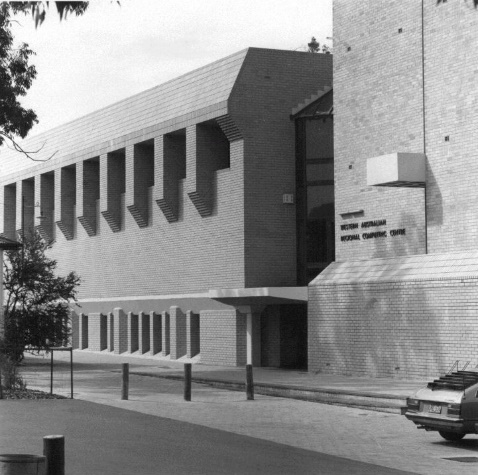
|
| 1975 |
The Library loans automation system, LOANLY, was introduced into the Reid Library. This was the first system in the world to be self-serve. It also gave access to the catalogue to anyone around (or off) the University who had a terminal connected to the campus network. Alex Reid, its primary designer, wrote a paper about it (see below) which won him the Australian Computer Society Case Study Prize in 1978.
For further information about the development of LOANLY, see “The Trials and Tribulations of an On-Line Computer Project”, Alex Reid, Australian Computer Bulletin, vol2, no1, Feb 1978. |
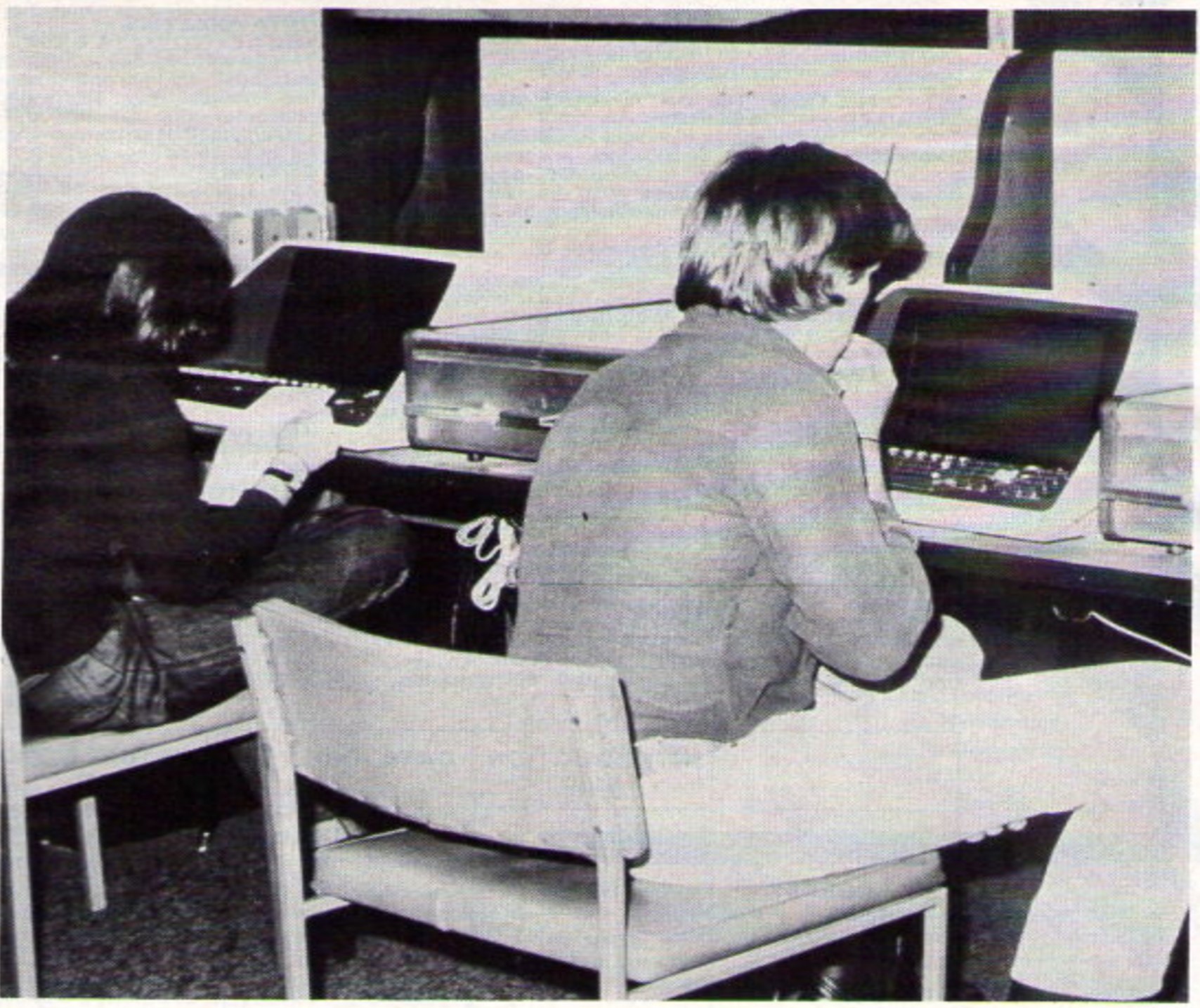 |
| 1977 |
A packet-switched network connecting the WARCC computers with several others and many batch and individual terminals around Perth was installed, becoming the first in Australia. This was described in a paper given by Dennis Moore to the annual WA ACS Conference in Bunbury, April 1978, entitled “Computers, Communications and Cooperation”.
See also paper by Alex Reid in The Australian Computer Journal, May 1981 “Network Developments at WARCC 1965-1980”. |
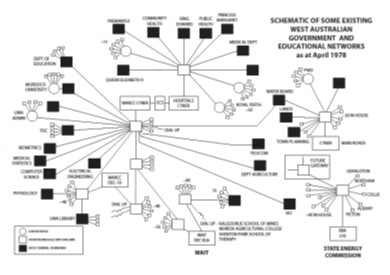 |
| 1977 |
The Department of Computer Science was established, with Professor Jeff Rohl as its first Head of Department. It took over all computing teaching, including the Diploma in Computation previously largely taught by members of the Computing Centre (WARCC). |
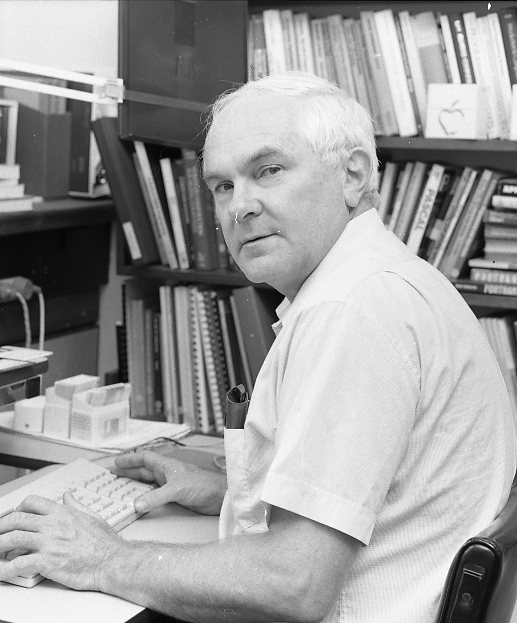 |
| 1985 |
PLATO, a sophisticated online education system, developed at the University of Chicago, was introduced at UWA, across a wide range of courses, the first educational institution in Australia to introduce on-line education on this scale.
See "Celebrating the Legacy of PLATO, Communications of the ACM, August 2010. |
 |
| 1988 |
Status Magazine: reflecting the increasing role that WARCC was playing in technical and scientific computing in Western Australia, in education, government, and in industry, a quarterly magazine was introduced in March 1988, which highlighted some of the more interesting or significant developments across its user base. Copies can be seen at http://www.alex-reid.com/Personal/warcc/Status.html |
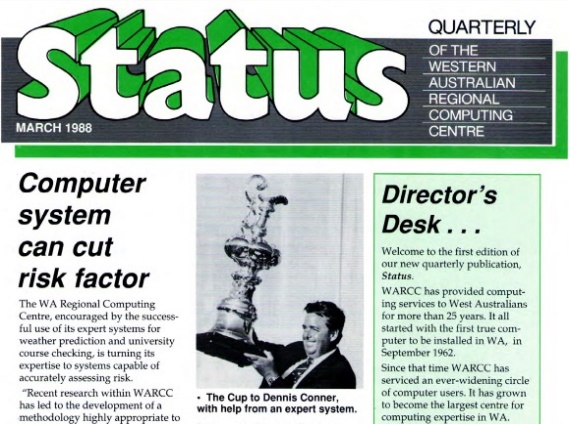 |
| 1992 |
WARCC was renamed Winthrop Technology and was effectively “spun off” from the University, with the exception of the Network Group under Phil Dufty which formed the nucleus of a continuing University Computing Centre. Winthrop Technology still exists in part, as Winthrop Australia. |
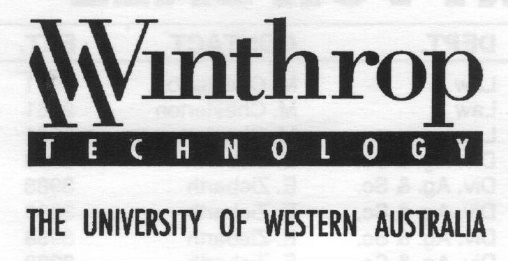 |















